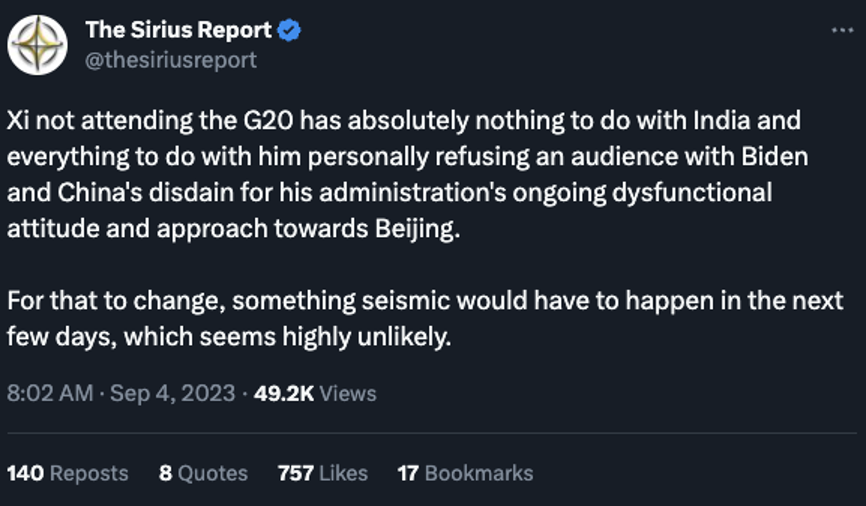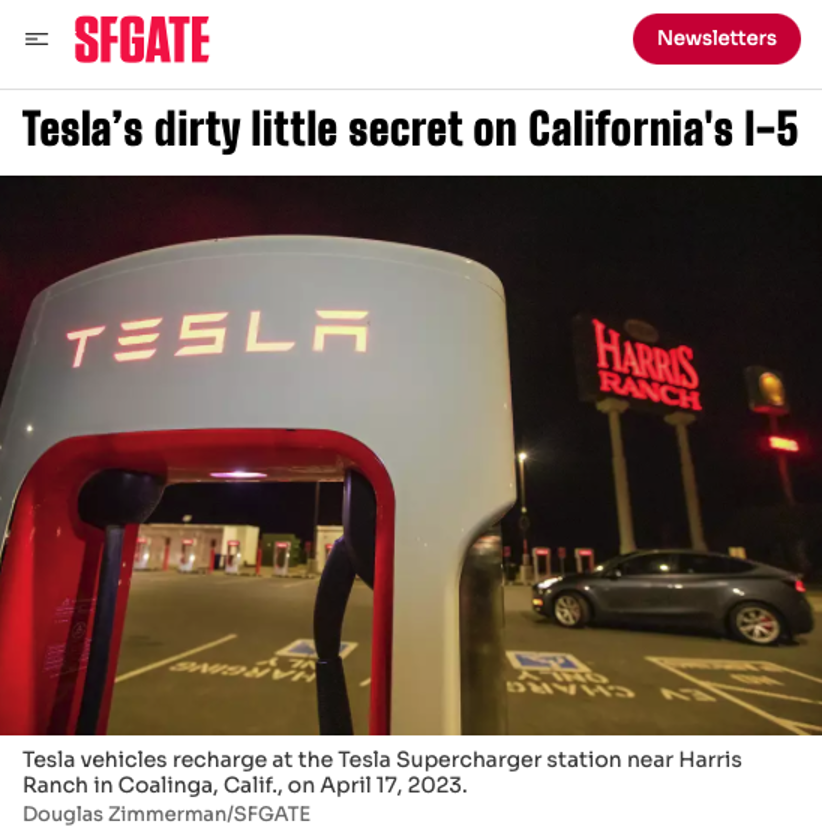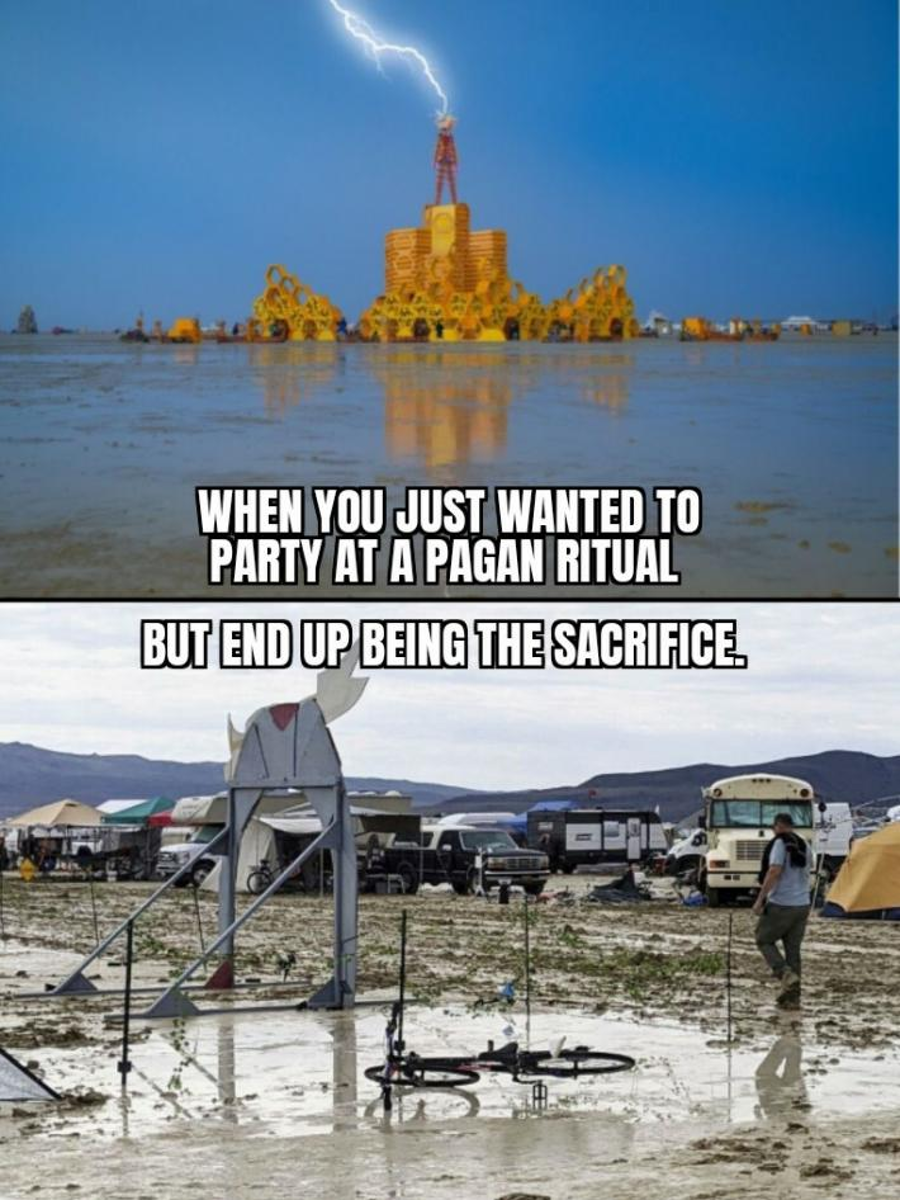Paradigm Editor Gets Personal
- “But what are you doing with YOUR money?”
- September’s three wild cards
- D.C. throws BRICS tantrum
- “Clean” energy (powered by diesel)
- Cashless businesses, censorship and… Woodstock
![]() “But What Are You Doing With YOUR Money?”
“But What Are You Doing With YOUR Money?”
 It might be one of the most common questions asked of the Paradigm Press editors: How are YOU investing your family’s money?
It might be one of the most common questions asked of the Paradigm Press editors: How are YOU investing your family’s money?
Over a career spanning more than two decades, our retirement authority Zach Scheidt has heard it over and over — from readers today, and in the past from clients at a hedge fund where he managed multimillion-dollar portfolios.
“Back in the hedge fund days,” he recalls, “the answer was pretty simple. I kept the majority of my wealth invested in the funds that we managed. So when our clients did well, we also profited.”
Today? By and large, he still eats his own cooking — the same areas he discusses in his newsletters and trading advisories.
Of course, specific stock and option recommendations are one thing. How they fit into a balanced portfolio is another — and that’s what Zach will share with us today.
 “At its most foundational level, I think of my investment approach like a balanced barbell with two very important sides,” Zach says.
“At its most foundational level, I think of my investment approach like a balanced barbell with two very important sides,” Zach says.
- “On one side, I keep my conservative, income-generating investments. The positions on this side of the barbell are designed to build wealth slowly and steadily with a minimal amount of risk
- “On the other hand, I also keep a portion of my investments in much more aggressive trades. These carry more risk but also have the potential for significant gains — often in a short time.”
At age 46, with five of his seven kids still college-age or younger, “I have about two-thirds of my investments in conservative positions and the other third geared more aggressively.
“But as I get closer to retirement, I’ll shift more of my investments into the conservative side of the barbell so my risk is more balanced toward the season of life that I'm in.”
On both sides of the barbell, he reviews his gains and losses quarterly. “And I make adjustments so that neither side of the investment process gets too heavy, causing me to become too cautious or too aggressive with my investments.”
 OK fine, you say, but what goes into each side of the barbell?
OK fine, you say, but what goes into each side of the barbell?
“The conservative side of my investment account,” says Zach, “is heavily focused on generating income.”
Of course, Zach loves dividend-paying stocks of the sort he recommends in his entry-level newsletter Lifetime Income Report. And he reinvests those dividends since he doesn’t need the cash for day-to-day expenses.
But the bigger chunk of this conservative side is devoted to selling put option contracts for income. “When you sell a put contract, you're entering an agreement to buy shares of stock — but only if the stock is trading below your agreement price on the expiration date.
“Best of all, you get paid upfront for entering the agreement and you can collect payments on your favorite stocks multiple times a year!”
As Zach sees it, this approach is less risky than buying and holding shares. “And I love the reliable cash flow this strategy generates.”
 As for the aggressive side of the barbell, that’s something Zach has refined over more than two decades.
As for the aggressive side of the barbell, that’s something Zach has refined over more than two decades.
“I've found that my best returns come from buying in-the-money call option contracts from stocks I expect to trade higher and in-the-money put option contracts for stocks I expect to trade lower.
“These contracts work well when a stock moves in my favor, giving me nearly a one-for-one profit while muting my losses if the stock moves against me.
“Bottom line, these option contracts tend to give you more profit when your picks are correct and generate smaller losses when picks move against you.”
At the moment, Zach’s aggressive portion of the barbell includes bullish trades on energy, health care and carefully chosen tech stocks that generate profits. Meanwhile, he has bearish bets on long-term Treasuries and unprofitable tech names.
 “This barbell approach is a big part of the inspiration behind my Income Alliance trading program,” Zach says.
“This barbell approach is a big part of the inspiration behind my Income Alliance trading program,” Zach says.
The Income Alliance includes two portfolios. Zach has a chunk of his own money in each portfolio, covering both sides of the barbell.
“Members get real-time notifications anytime I make a new trade in my investment account. And they can decide if the trades make sense for their investment accounts.”
Zach is organizing a special event for tomorrow — one accessible to only a small group of our subscribers.
There, he’ll pull back the curtain on the strategies he’s used to generate up to a month’s worth of income in his personal account — in as little as 48 hours.
“I’m talking about $6,494 in four days… $10,617 in six days… and $13,204 in two days,” he says. In recent weeks he’s been from satisfied readers like Mary, an 82-year-old retiree who calls this strategy a “great income opportunity.” She’s using the money to help with her granddaughter’s tuition at Stanford.
You can join Zach tomorrow as he walks you through this strategy, step-by-step. Here’s your exclusive invitation from Paradigm VP of Publishing Doug Hill.
![]() Three Wild Cards in September
Three Wild Cards in September
 As Wall Street eases into the autumn, three big uncertainties hang over the market.
As Wall Street eases into the autumn, three big uncertainties hang over the market.
The one that would have the most immediate impact on the economy is a potential auto worker strike. The United Auto Workers and the Big Three U.S. automakers are staring down a Sept. 14 contract deadline — a week from tomorrow.
Progress has been halting at best; last week the UAW filed an unfair labor practices complaint against General Motors and Jeep/Ram parent Stellantis. The rank-and-file have already authorized a strike in the event negotiators can’t come to terms.
The next uncertainty is a partial government shutdown if the White House and Congress can’t come to terms on a 2024 budget by the end of this month. At this stage, everyone appears to be digging in their heels and honing their “messaging strategies” for when the shutdown starts Oct. 1.
The market impact of these shutdowns tends to be muted; no one remembers the shutdown of autumn 2013, also with a Democratic president and a GOP House speaker. But if a narrative takes hold that “this time is different” because partisan rancor is worse than any time in living memory… well, you can’t rule out some sort of disruption.
Last, there’s the looming, lingering specter of renewed lockdowns or other COVID-related tyrannies. The drip-drip-drip of headlines is relentless — renewed mask mandates at schools here and there, the first lady testing positive. (So much for her husband’s insistence that “you’re not going to get COVID if you have these vaccinations.”)
Near term, the most likely economic consequence is that one or another large company turns out to be “the Bud Light of masks.”
 As for the markets today, it’s more red.
As for the markets today, it’s more red.
The Dow is holding up best, down 200 points or a little over a half percent at 34,441. The S&P 500 is down more than three-quarters of a percent to 4,460. The Nasdaq is down more than 1%, back below 14,000.
No joy in precious metals, either. Gold is down about $10 to $1,915 and silver is in danger of breaking below $23 again. Crude is holding steady near 10-month highs, just over $87 a barrel.
![]() D.C. Throws BRICS Tantrum
D.C. Throws BRICS Tantrum
 With the BRICS summit a couple of weeks in the rearview, it’s apparent now what the U.S. government is doing in response — try to drive a wedge between China and India.
With the BRICS summit a couple of weeks in the rearview, it’s apparent now what the U.S. government is doing in response — try to drive a wedge between China and India.
This weekend, India is hosting a summit of leaders from the G20 countries.
The G20 is no longer “a de facto board of directors for world government” as our Jim Rickards described it in 2015. The differences between the United States and European Union on the one hand and China and Russia on the other are too great. But for the moment, everyone still tries to maintain the pretense of civility.
Chinese President Xi Jinping is sitting out this year’s gathering, for reasons he hasn’t stated. Premier Li Qiang will attend instead.
The spin from Western media is that it’s a snub by Beijing against Delhi. “India and China have a frosty relationship and tensions between the two countries have worsened since 2020, when their troops were involved in a deadly clash at the Galwan valley in Ladakh,” reports the BBC.
“The source of the tension between the neighbors is a disputed 2,100-mile-long de facto border along the Himalayas - which is poorly demarcated and soldiers on either side come face-to-face at many points.”
Yesterday a friendly reporter lobbed a softball at U.S. National Security Adviser Jake Sullivan: Would tensions between those two governments overshadow the summit? "If China wants to come in and play the role of spoiler,” he replied, “of course, that option is available to them."
 That’s the spin. The reality is better captured by this Xwitter account…
That’s the spin. The reality is better captured by this Xwitter account…

Do China and India have their differences? Of course. But they’re not so insurmountable that the two governments couldn’t reach agreement about expanding the BRICS grouping from five nations to 11 — including Saudi Arabia.
As Jim Rickards showed us last week, the world is cleaving into rival trade blocs — again, the U.S. and EU on one side, China and Russia on the other.
Some countries — including BRICS founders India and Brazil — will keep a foot in each bloc.
Meanwhile, the Beltway establishment will continue wailing and stamping its feet in denial that Washington is no longer the sole superpower — to wit, Jake Sullivan’s petulant swipe at Xi Jinping.
![]() “Clean” Energy, Powered by Diesel
“Clean” Energy, Powered by Diesel
 Now they tell us…
Now they tell us…

Just off Interstate 5 in California’s San Joaquin Valley lies the biggest Tesla Supercharger station in the world, with 98 charging bays. For Tesla fanboys, it’s something of a destination.
“But as with many Tesla-related things, there is a secret, thinly obscured by an Oz-like curtain, at the Harris Ranch Supercharger,” says a long story at the Bay Area news site SFGate. “Hidden in plain sight across the way from the Harris Ranch Supercharger’s main stations, behind a Shell station, is a small diesel plant that has helped power Tesla’s footprint.”
To be sure, this isn’t a new revelation. The article cites a piece published last year at Slate, in which journalist Edward Niedermeyer “discovered that Tesla’s battery swap station was not in fact being made available to owners who regularly drove between California’s two largest cities.
“Instead, the company was running diesel generators to power additional Superchargers (the kind that take 30–60 minutes to recharge a battery) to handle the holiday rush, their exhaust mingling with the unmistakable smell of bulls—t.”
 Of course, we’re hearing about all of this now because it’s fashionable for elites everywhere — but especially in the Bay Area — to dunk on Tesla founder Elon Musk.
Of course, we’re hearing about all of this now because it’s fashionable for elites everywhere — but especially in the Bay Area — to dunk on Tesla founder Elon Musk.
But for anyone who cares to investigate, I’m pretty sure Tesla is not the only perpetrator of this “clean” energy sleight-of-hand.
Last December my wife and I ventured from our Upper Midwest home to Paradigm’s home base of Baltimore for the company holiday party. On the drive home we stopped at a rest area on the Ohio Turnpike. We swear we could hear a generator in the vicinity of the EV charging stations.
Have you seen anything along these lines during your travels? Or even close to home? Drop us a line.
![]() Mailbag: Cashless Businesses, Censorship and… Woodstock
Mailbag: Cashless Businesses, Censorship and… Woodstock
 “We have to walk away, even if it’s less convenient,” a reader writes as responses continue pouring in to our Friday inquiry. By an overwhelming margin, readers say they’d no longer patronize a business that goes cashless.
“We have to walk away, even if it’s less convenient,” a reader writes as responses continue pouring in to our Friday inquiry. By an overwhelming margin, readers say they’d no longer patronize a business that goes cashless.
“Digital should be an option, not a mandate,” another reader affirms.
And then there’s this: “Noted on the receipt from a local lunch spot we frequent:

“Have also started seeing tip jars asking for cash tips. Just sayin’.”
Dave responds: Yes, cash discounts seem to be a growing trend. Small businesses are trying as best they can to push back against the network fees and interchange fees charged by Visa, Mastercard, et al. — which The Wall Street Journal says are set to rise once again next month.
If this trend helps to keep cash as a common method of payment, it’s all to the good.
 “Thank you for speaking boldly, but with a clear measure of circumspection,” a reader writes after we republished our annual censorship issue on Monday.
“Thank you for speaking boldly, but with a clear measure of circumspection,” a reader writes after we republished our annual censorship issue on Monday.
“This topic is HUGELY important. Not only do we need to resist it, but we also need to expose it, and you do both.”
Another: “Excellent stuff from Dave Gonigam. We certainly are approaching a time when ‘Truth is treason in the empire of lies.’”
“You raised so many valid points,” says a third. “Things are coming to a head; either we come out of this in the next couple years with renewed First Amendment protections or we continue down the dystopian path. I am optimistic that the courts and legislators will side with the First Amendment.”
Dave responds: We await a ruling from the Fifth Circuit Court of Appeals in the case of Missouri v. Biden.
For the moment, that court is allowing the Biden administration to continue leaning on the social media giants to censor — but such rulings are no guarantee of how the case will be resolved at trial. A hearing by a three-judge panel of the court last month did not go well for the feds.
The case has a long way to go, and might well end up at the Supreme Court before all’s said and done.
 Last, one of our regulars weighs in on the muddy fiasco at Burning Man this year…
Last, one of our regulars weighs in on the muddy fiasco at Burning Man this year…
“From the ‘been there, done that’ and a bit before your time, you should run a picture of Woodstock against this Burning Man thing mud fest. At least Woodstock was all about peace, love and music.
“Burning man, elitists in post-nuclear apocalyptic society? What the hell?
“Always enjoy my 5 read.”
Dave responds: A few months ago, my wife and I watched a documentary about the attempt to recreate the Woodstock vibe with a similar festival in Upstate New York 30 years later in 1999.
I don’t remember many of the particulars; the gist is that despite the involvement of the original organizer, it was an utter debacle. (Funny thing is, I don’t even remember that it took place — and surely I would have heard about it, working in a big-city newsroom at the time.)
In retrospect, the failures of Woodstock ’99 might have been a harbinger of everything societally that was about to start going downhill in the following century, bringing us to Burning Man 2023…

Best regards,

Dave Gonigam
Managing editor, Paradigm Pressroom's 5 Bullets










